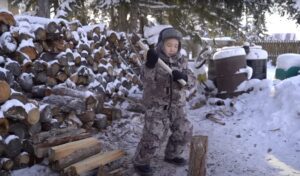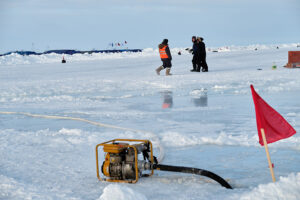Imagine kayaking on a river with your friends. It’s warm, the sun is out, and the Siberian scenery is stunning. Then suddenly, a blood-curdling scream comes from the shoreline. A hysterical teenage girl covered in blood, mumbling incoherently, runs toward you for help.
This is exactly what happened in August 1993. A few kayakers had their idyllic trip completely shaken up as they rescued the sole survivor of a gruesome tragedy known as the Khamar Daban Incident.
Background
The story begins on August 2, 1993, in the Khamar Daban mountains of southern Siberia. A group of students visiting from Petropavl in Kazakhstan planned to hike from the shores of Lake Baikal and summit Kang-Ula.
The seven hikers were Aleksander Kyrsin, 23; Tatyana Filipenko, 24; Denis Shvachkin, 19; Valentina Utochenko, 17; Viktoriya Zalesova, 16; Timur Bapanov, 15; and leader Lyudmila Korovina, 41. They were reportedly a tight-knit bunch of good friends.
The group had done difficult hikes before, and all were physically fit. They also had a hiking legend in their midst. Lyudmila Korovina was a well-known survivalist with a strong will and excellent problem-solving skills. She even had the nickname of Master among those she led on expeditions.
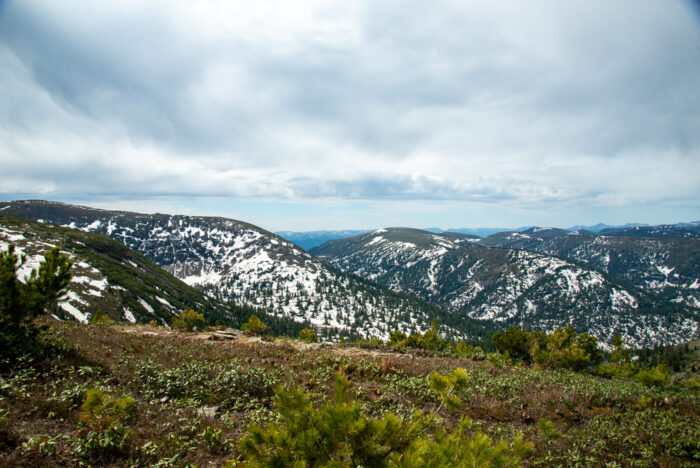
The Khamar Daban mountains. Photo: JBOCreative/Shutterstock
The party set off with ample food, equipment, and clothing. Korovina called the local weather station, and the forecast was for sunny, pleasant weather. They were also not alone. Korovina’s daughter Natalia was leading a second group nearby. They planned to rendezvous at a certain point a few days later. Lyudmila Korovina’s group planned to cover 220km and climb up to 2,371m.
They set off on August 4 from Murino, near Lake Baikal. The trek started well, but the forecast proved wrong. Rain pelted down, and high winds raked the slopes. The group started to slow down and complained of cold, since temperatures had dropped below freezing. They camped and were not able to start a fire until morning. Then they successfully summited the peak. Their descent would be the last thing they’d ever do.
Trip gone awry
Seventeen-year-old Valentina Utochenko, the sole survivor, described hearing Aleksander screaming. He was frothing from the mouth and blood was pouring out from his eyes, ears, and nose. Korovina ran to assist him but soon suffered from the same symptoms.
When Tatyana Filipenko went to help her, she started to claw at her neck as if choking and proceeded to bash her head onto a nearby rock. The others ran for their lives, but they too collapsed and died on the spot.
Alone by now, Utochenko ran down the mountain to treeline, where she stayed put and waited for her fate. But nothing happened. Eventually, she returned to the scene to see if any of her friends survived. They had not. She then collected leftover supplies and followed the power lines for four days until the kayakers rescued her. They took her to the police station, and she told them what happened.
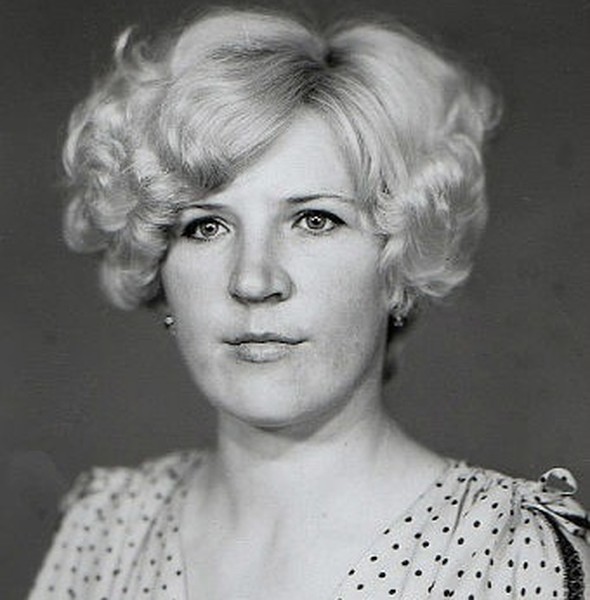
Lyudmila Korovina. Photo: Unknown
The autopsy
The bodies were recovered two weeks later, and autopsies were performed. Korovina, apparently, had died of cardiac arrest. The others showed signs of protein deficiencies in muscles that suggested starvation — dubious on a short trip. Meanwhile, fluid buildup in the lungs indicated hypothermia. Nevertheless, doctors ruled these two conditions as the likely causes of death. However, this does not explain why they died within minutes after presenting no prior signs.
A case of whodunit
Valentina Utochenko, the sole survivor, then vanished from the spotlight until a curious reporter tracked her down in 2018. Even 25 years later, Utochenko’s initial behavior toward the reporter was rather hostile. She asked the reporter why she was bringing up this nightmare again. She could have suffered from PTSD, as she had kept the incident a secret even from her husband. But eventually, Utochenko calmed down and allowed the reporter to interview her.
There are notable spots in Utochenko’s story that could have been mistranslation from Russian sources or trauma, making her forget important details. It is well-known that people can lose pieces of their memory about a stressful event.
For example, she said there was no blood when, in her initial report, there was. She also changed her story, saying there were no screams. Some have speculated whether her reaction suggests she might have been responsible for her friends’ deaths, but that is highly unlikely. She had no motive. The group often went on hikes together, and exactly how does a 17-year-old girl murder six colleagues?
Investigations briefly suspected Korovina. She was apparently quite driven when it came to trekking and sometimes pushed her troops too hard. Could she have driven them into exhaustion and hypothermia?
Korovina may have had an intense personality, but she was not unprofessional, power-hungry, or negligent. Valentina Utochenko even stated that Korovina cared for the group, even to the end.
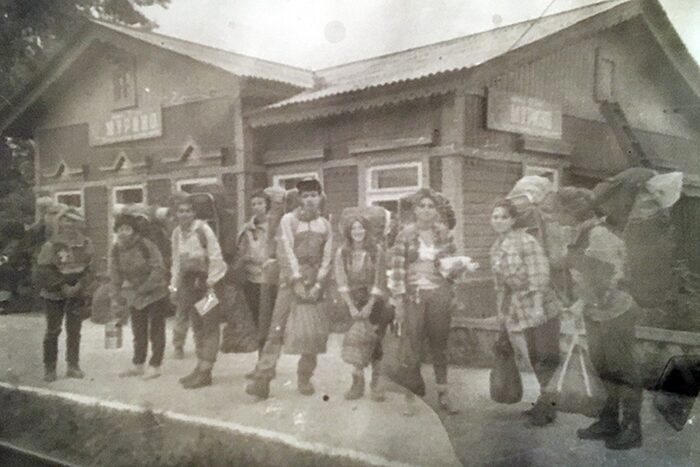
One of the last pictures of the group before the trip. Photo: Unknown
Russian versus English sources
In dissecting this story, the popular YouTube channel The Lore Lodge pointed out that there’s a Russian version and an English version. They differ in significant ways, including even the mountain on which they died. Some sources say it was Kang-Ula, while Utochenko and Russian sources call it Retranslyator Peak. The two peaks lie some distance apart.
Some sources quote different dates for Utochenko’s rescue. Some say she emerged from the trees covered in blood and screaming, while others have her staring into space and unresponsive. It does not help that her initial 1993 police report and her 2018 interview likewise differ in key details.
Nerve agent?
How did the hikers die so quickly and violently? The most common theory remains that they fell victim to a nerve agent. It’s not an outlandish proposition. Frothing at the mouth and bleeding from the eyes, ears, and nose supposedly preceded their deaths. Siberia was the Soviet Union’s playground when it came to weapons testing. The ultimate favorite of the KGB, Novichok, was supposedly tested around here. A nerve agent can linger in an environment for months or make its way into the groundwater.
If this was the case, the nerve agent tests must have occurred months or weeks earlier. It would have stayed there until the rain and wind pushed it toward the group. Since Utochenko was apparently the farthest away from them, she might have escaped the effects.
Resemblance to Dyatlov Pass mystery
For some, this bizarre tale bears a striking resemblance to the infamous Dyatlov Pass Incident of 1959. Nine student hikers from the Ural Polytechnic Institute were found dead in Russia’s Ural Mountains. Their bodies were scattered about in various states of dress or undress. Some were barefoot and had inexplicable injuries.
One of the hikers had no eyes and tongue, another bit his knuckle off, one’s neck was twisted, and another had a fractured skull. One hiker, who left the expedition early on due to illness, survived. The placement of their belongings did not match up with their deaths. Everything was well organized except for a tent that was cut from the inside. Though this cold case remains unsolved, conspiracy theories out there point to nerve agents and government testing as well. Research published in 2019 suggests a more prosaic explanation — avalanches and katabatic winds.
Katabatic winds can start suddenly as cold air flows down a mountain and can bring on hypothermia quickly. In the Khamar Daban incident, Utochenko verified that they battled high winds for a couple of days. Another possibility is infrasound, a silent killer. These are sound waves at frequencies undetectable to the human ear. Some natural sources of infrasound include volcanic eruptions and earthquakes. High winds are also a common cause of infrasound. Although inaudible, infrasound can do a lot of physiological damage, leading to disorientation, panic, hysteria, hallucinations, cardiac arrest, organ rupture, and even death.
This could explain Korovina’s heart attack and Filipenko’s violent, self-inflicted head injuries. A study by Ryan Chaban et al. from the University Hospital of Johannes Gutenberg University Mainz, Germany, states that even one hour of infrasound may do serious damage.
Conclusion
It’s likely the group either suffered a nerve agent attack or an extreme weather event, perhaps involving infrasound. Due to the chaos and disorientation from the cold and from seeing her friends die, Valentina Utochenko probably confused many details to the point where we can’t know what really happened.


